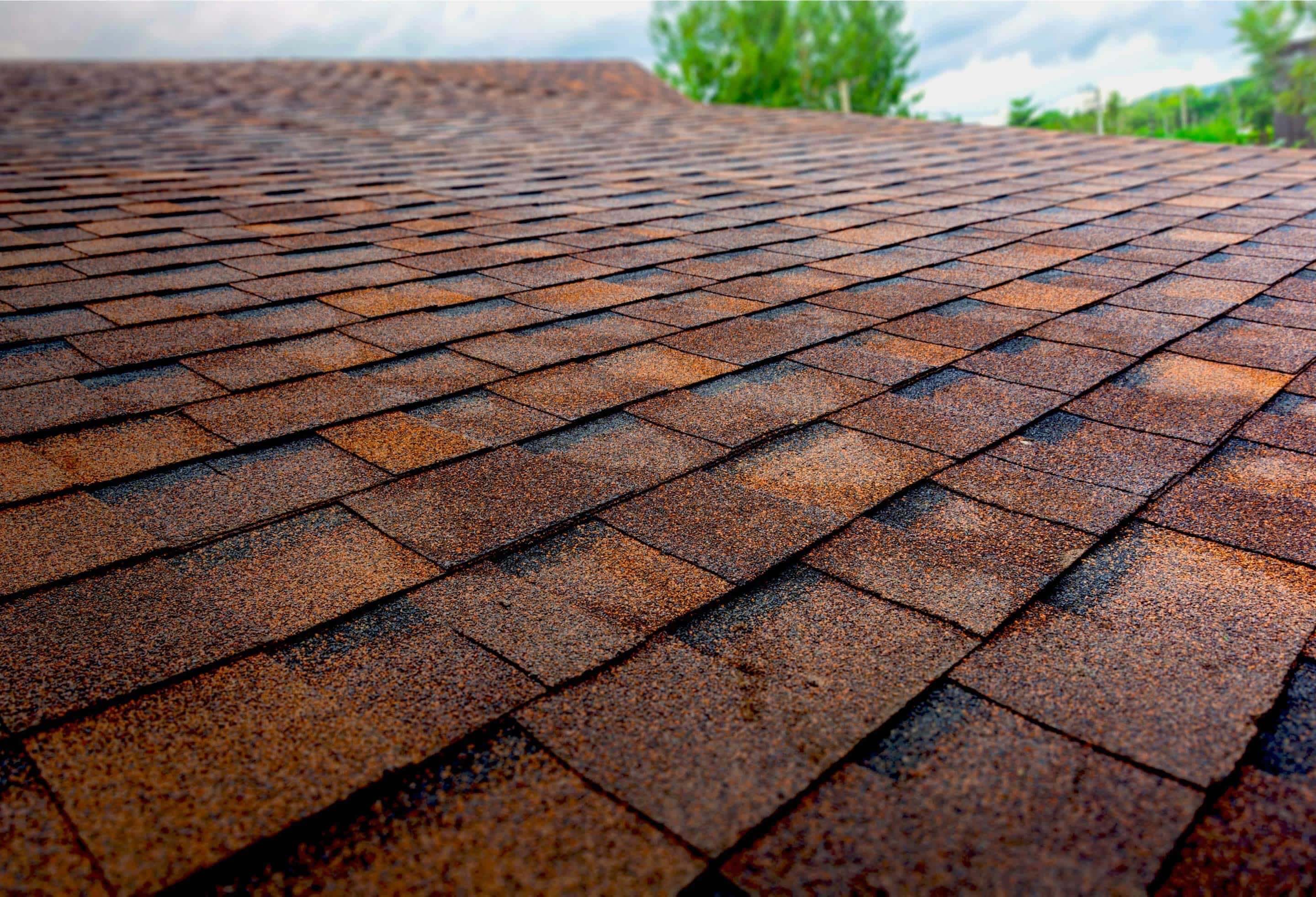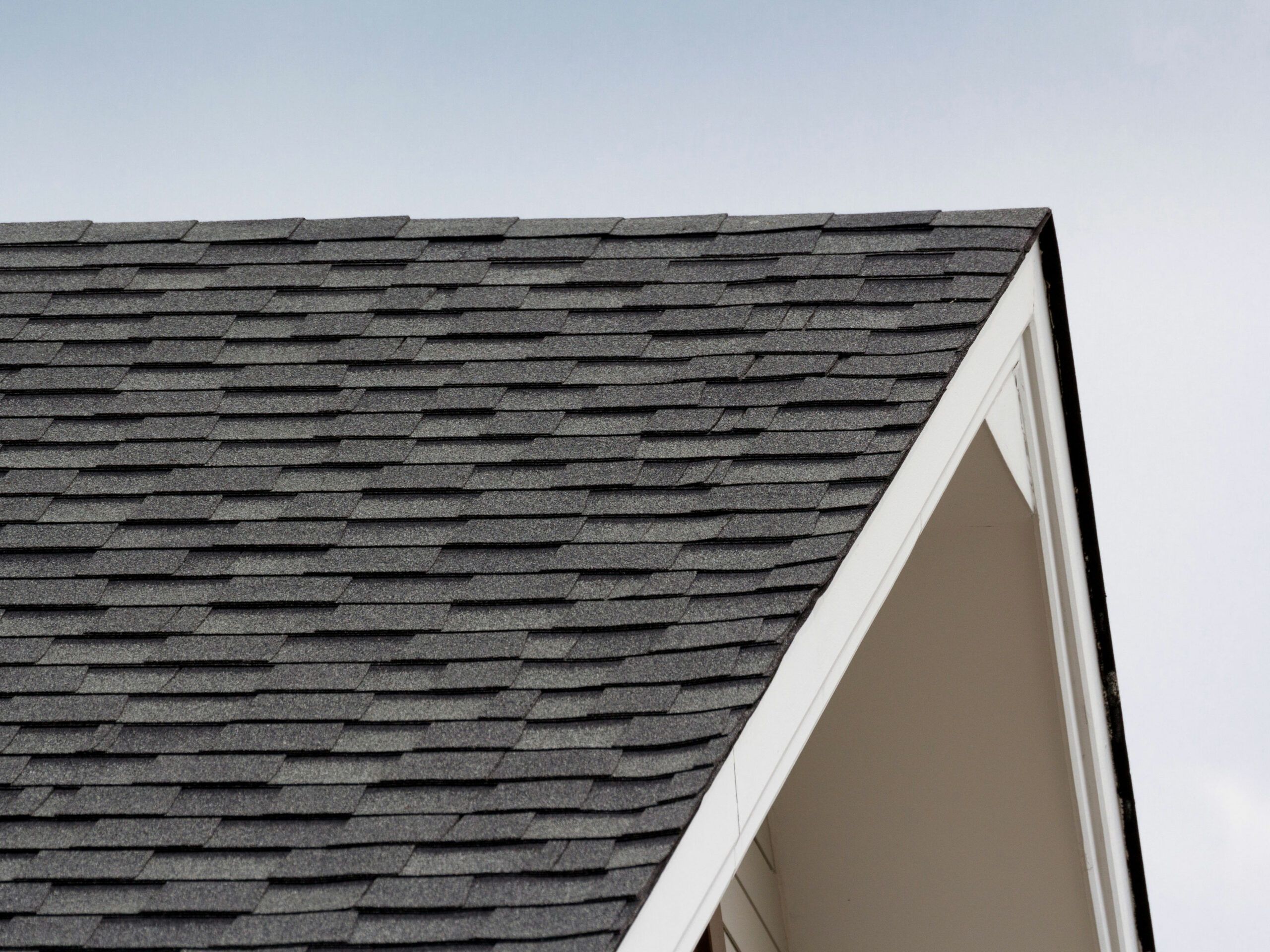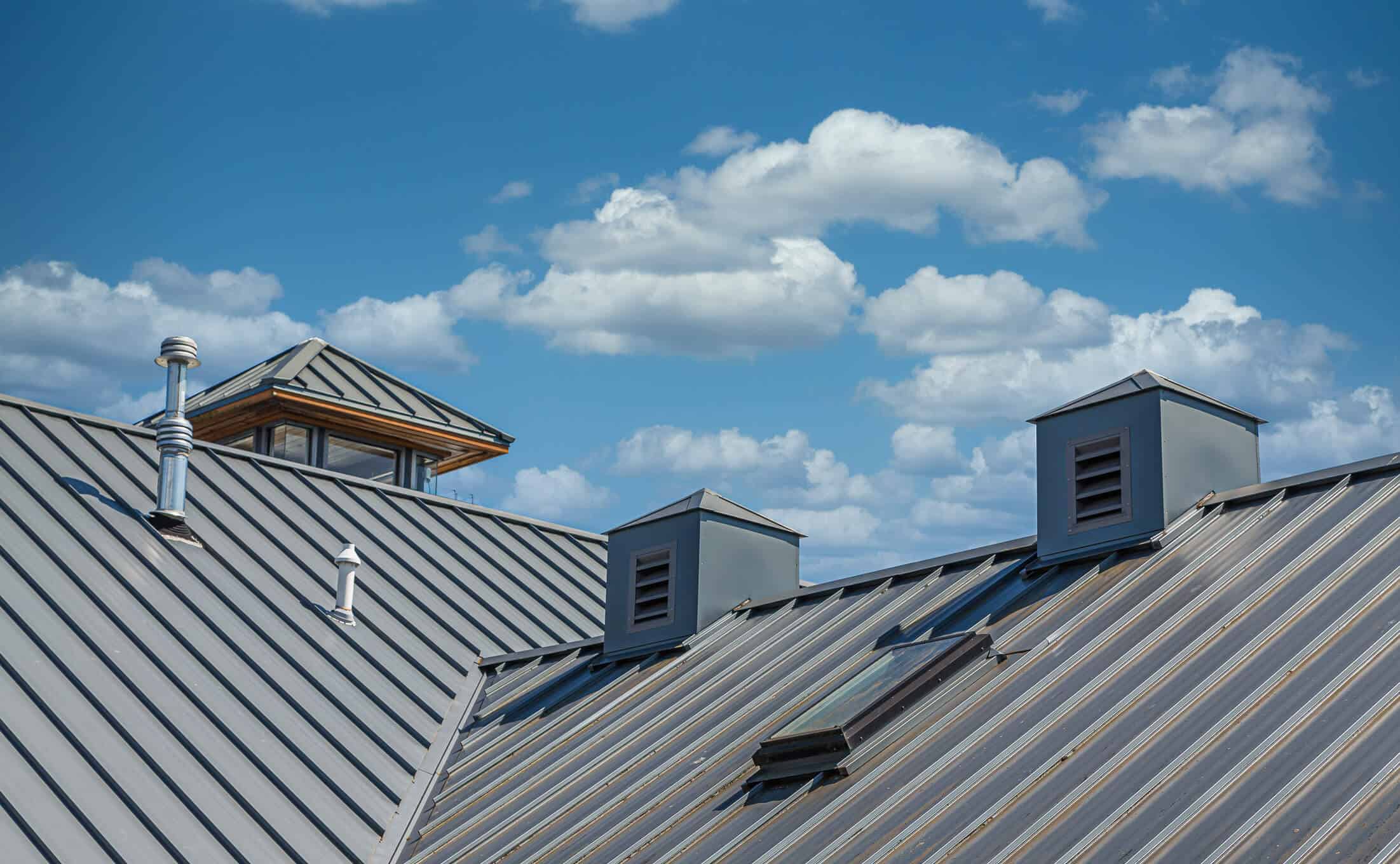The Roof Horse: Uncovering Your Home's Hidden Strength
Have you ever stopped to think about what truly holds up the roof over your head? It is that hidden strength, the unseen backbone of your home, which we are calling the "roof horse." This essential part of your house does a lot more than just keep the rain out, it supports everything above you. Pretty important, wouldn't you say?
People often focus on the outside layers, like the shingles or tiles, and that makes sense. Those are what you see, after all. But a roof, you know, is a whole system of things working together. It protects your family and your belongings, and it does this thanks to its inside structure. Understanding these parts can really help you take better care of your place, actually.
So, whether you are getting a new roof, adding a bit more space to your home, or just want to know more about how your house stands strong, getting familiar with the roof's inner workings is a really good idea. It is the core of how your roof keeps its shape and does its job, more or less.
Table of Contents
- What is a Roof Horse? The Unseen Support
- Why the Roof Horse Matters: More Than Just Cover
- Common Roof Horse Designs: How Roofs Get Their Shape
- Materials for the Roof Horse: Building Strong
- Caring for Your Roof Horse: Keeping It Strong
- Choosing the Right Roof for You: A Look at the Whole Picture
- Frequently Asked Questions
What is a Roof Horse? The Unseen Support
When we talk about the "roof horse," we are really talking about the core framework that supports your roof. It is the way the space underneath is bridged, how the roof gets its shape, and what holds it up. Think of it as the skeleton of your roof, giving it all its strength and form, you know. This structure is what lets your roof stand firm against weather and time, and it is really quite a marvel of building.
The method of support for a roof is super important, as a matter of fact. It determines how the roof rises from the walls and whether it has a steep angle or a gentle slope. This internal structure is what makes a pitched roof different from a flat one, and it is pretty much the first thing builders think about when putting a roof together. It is the very foundation of the roof's stability, and it is honestly something many people never consider.
This unseen helper, the roof horse, also plays a big part in how much space you have inside your home. The way it is built can create open attics or low ceilings, depending on the design. So, it is not just about holding things up; it is also about shaping the living areas below. It is quite a clever bit of engineering, really.
Why the Roof Horse Matters: More Than Just Cover
The roof horse is not just some technical detail; it is absolutely central to your home's well-being. It is the primary reason your roof can do its job, which is to protect everything inside. Without a strong, well-designed support system, the outer layers of your roof, no matter how good they are, would not stand a chance. It is the silent protector, in a way.
Protection and Durability
A good roof horse means your roof can handle a lot. It helps your roof resist heavy snow, strong winds, and the general wear and tear of time. This underlying structure keeps the entire roof stable, preventing sagging or collapse. It means your roof stays put, protecting your belongings and the people living inside. It is essentially the long-term guardian of your home, you could say.
When you pick materials like asphalt, wood shingles, corrugated steel, or terra cotta tiles, their success really depends on the support underneath. The roof horse gives these materials a solid base to rest on. If the support is weak, even the best materials might not last as long. So, the strength of your roof starts from the inside out, pretty much.
Design and Style
The roof horse also helps shape the look of your home. The construction method dictates the roof's pitch, which is the angle it rises from the house walls. This pitch, in turn, influences the overall style of your home. A steep pitch might give a traditional or European feel, while a low pitch could suggest a more modern look. It is a bit like the framework for a piece of art, really.
Understanding the "roof horse" can help you identify the best roof shape for your home, shed, garage, or even a place of business. This definitive guide to roof architecture and styles, for example, often starts with how the roof is supported. It is the foundational element that gives rise to all those varied and interesting roof designs you see around. It is quite fascinating, honestly.
Common Roof Horse Designs: How Roofs Get Their Shape
There are several ways to build the "roof horse," each with its own benefits and look. The choice of design often depends on the size of the building, the desired roof shape, and the budget. Knowing these common designs can help you talk more easily with builders or understand your own home better. It is, you know, a bit like learning the different ways to build a strong bridge.
Rafter Systems
Rafter systems are a pretty traditional way to build a roof horse. They use individual pieces of wood, called rafters, that extend from the ridge (the peak of the roof) down to the walls. These rafters are cut on site to fit the specific roof pitch. This method often leaves an open attic space below, which can be useful for storage or even for making into another room later. It is a very flexible way to build, actually.
With rafters, each piece is placed one by one, giving builders a lot of control over the roof's shape and angles. This approach is often chosen for custom homes or when complex rooflines are needed. It allows for a more open feel inside the attic area, too it's almost like a blank canvas for future projects. This kind of setup, you know, has been around for ages.
Truss Systems
Truss systems are another very common way to create a roof horse, especially for newer homes. Trusses are prefabricated, meaning they are built in a factory and then brought to the building site. They are essentially a framework of wood pieces, often shaped like triangles, connected with metal plates. These are very strong and efficient, and they can span wide areas without needing extra support walls. They are pretty much like giant, ready-made roof sections.
Using trusses can save a lot of time and money during construction because they are quicker to install than individual rafters. However, the space they create in the attic is often filled with the web of wood, making it less usable for storage or living space. Still, for a strong, cost-effective roof, trusses are a very popular choice. They really do speed things up, basically.
Hybrid Approaches
Sometimes, builders use a mix of both rafters and trusses to create the "roof horse." This hybrid approach can give you the best of both worlds. For example, trusses might be used for the main part of the roof for speed and strength, while rafters are used for specific areas, like dormers or complex corners, where custom shaping is needed. This allows for both efficiency and design flexibility. It is like getting to pick and choose the best tools for the job, you know.
This method can be a bit more complex to plan, but it offers a lot of creative freedom for architects and homeowners. It means you can have a strong, straightforward main roof structure while still getting those unique architectural details that make a home special. It is a rather clever way to build, in some respects, letting you achieve very specific looks.
Materials for the Roof Horse: Building Strong
The materials used for the "roof horse" are usually wood, though sometimes steel is used for very large or commercial buildings. For most homes, wood is the material of choice because it is strong, relatively easy to work with, and cost-effective. The type of wood and its size are carefully chosen to handle the weight of the roof and any snow or wind loads. It is a bit like choosing the right bones for a very important structure, you know.
The strength of the wood is super important. Builders pick specific grades of lumber that can bear the weight and resist bending or breaking. This is part of what makes the roof horse so reliable. It is about making sure the whole system can stand up to anything the weather throws at it, for instance. So, the quality of the wood really matters here.
Caring for Your Roof Horse: Keeping It Strong
Even though the "roof horse" is hidden, its health is tied directly to the health of your entire roof. Problems with the roof's outer layer, like missing shingles or damaged tiles, can let water in. If water gets into the underlying structure, it can weaken the wood, leading to rot or mold. This is why regular roof checks are so important. It is honestly about preventing small issues from becoming big ones, you know.
If you live in your house long enough, you will eventually have to replace the roof. When that time comes, it is a good chance to have the "roof horse" checked for any issues. A good roofing contractor will inspect the decking and the support structure before putting on new materials. This ensures that the new roof has a solid foundation, which is pretty much key to its long life. It is like giving your home a thorough check-up, actually.
Understanding the parts of your roof can help you better maintain it. Knowing that the visible outer layer is just one part of a complex system means you look beyond the surface. This proactive approach can save you a lot of trouble and expense down the road. It is a bit like knowing your car's engine; you do not see it, but you know it needs care, you know?
Choosing the Right Roof for You: A Look at the Whole Picture
When you are thinking about a new roof or an addition, considering the "roof horse" is a big part of the decision. The type of support structure will influence the materials you can use, the overall look, and even the cost. For example, some roof designs might work better with certain materials like asphalt composite shingles, metal shingles, wood shakes, or clay tile. It is all connected, basically.
Your budget and home style are big factors when picking the right roofing for you. Materials like EPDM rubber, modified bitumen, PVC, copper panels, roofing slates, and cedar shingles all have different weights and installation needs. The "roof horse" needs to be strong enough to support whatever you choose. It is a bit like picking the right shoes for a long walk; they need to be a good fit, you know.
So, rather than just going with what looks good, think about the whole system. Get familiar with some of the most common roof designs and how they relate to the underlying support. This definitive guide to roof architecture and styles will help you understand and identify the best roof shape for your home, shed, garage, or a place of business. It is about making an informed choice, after all, and it is pretty important.
For more detailed advice on choosing roofing supplies and contractors, you can check out resources like the National Roofing Contractors Association. They offer a lot of useful information. Learning more about roofing options on our site can also help you decide, and you can also find out about different roof styles that might suit your home. It is about getting all the facts, naturally.
Frequently Asked Questions
Here are some common questions people have about what holds up their roof:
What exactly gives a roof its strength?
The strength of a roof comes from its "roof horse," which is the underlying support structure. This framework, made of things like rafters or trusses, carries the weight of the roofing materials and helps the roof stand firm against outside forces like wind and snow. It is the hidden powerhouse, really.
How do different roof shapes affect their support?
Different roof shapes, like a gable or a hip roof, need different kinds of "roof horse" designs. A steep pitched roof, for example, might need a specific type of truss or rafter system to handle its angles and the forces it will face. The shape pretty much dictates the support needed, you know.
Is the underlying roof structure important for all roofing materials?
Yes, absolutely. No matter if you pick light asphalt shingles or heavy clay tiles, the "roof horse" must be strong enough to support them. The integrity of the support system is crucial for the performance and lifespan of any roofing material. It is the foundation for everything else, basically.

The Pros and Cons of Different Roof Types - Modernize

All About Roofing: A Comprehensive Guide for Your Home This Old House

Industrial Roofing Types Explained: Pros & Cons of Each System